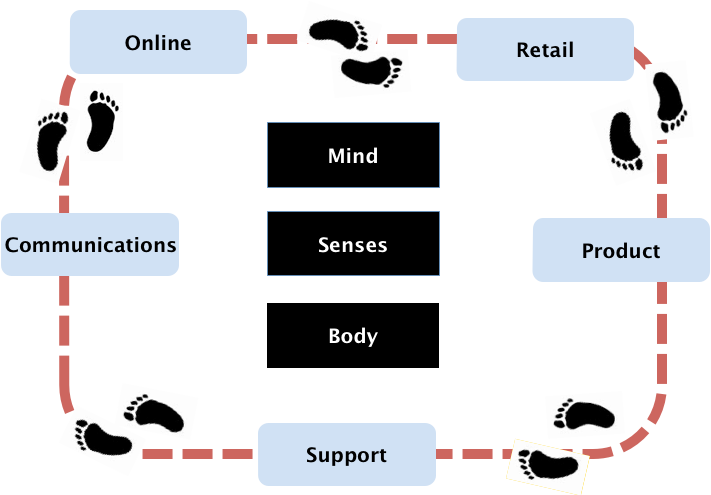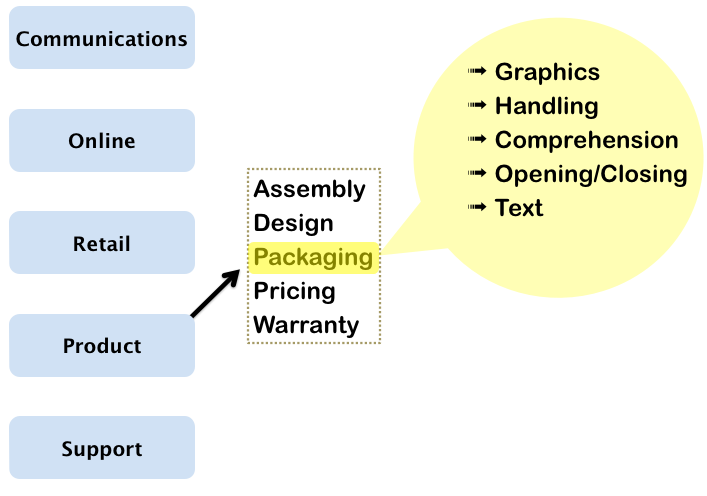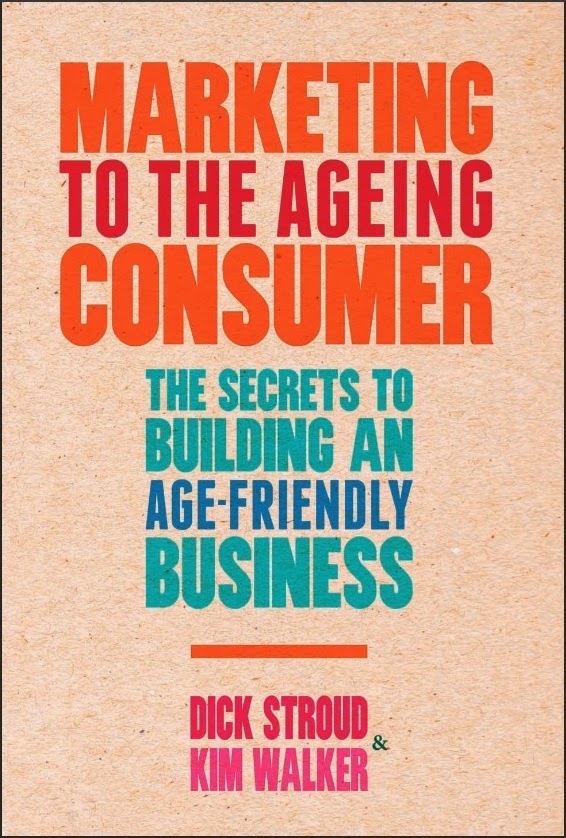
People photo created by tirachardz – www.freepik.com
The ageing consumer is one of the most profitable yet untapped segment. Every year, billions of dollars are left on the table by companies around the world as they ignore this increasingly influential and affluent group of consumers.
Consider this.
In 2012, there are 20 countries whose population is shrinking. By 2020, over 40% of the adult population in “ultra-ageing” Japan will be 60 years or older. Come 2050, another 25 countries will have ageing populations, the largest of which is China.
With greater longevity and lower fertility rates across the globe, we will see more older and fewer younger people over the next few decades.
What then should companies do to prepare for such sweeping demographic changes?
The answer, according to Dick Stroud and Kim Walker in Marketing to the Ageing Consumer, is to embrace age-friendly approaches.
Equating greying populations to environmental sustainability, the authors describe ageing as a “global trend that the corporate world must understand and devise policies to exploit”. Indeed, as more and more Baby Boomers (born between 1946 to 1964) hit their 50s, 60s and 70s, companies must adopt age-friendly strategies or be prepared to lose their lunch!
Embracing Physiological Ageing
The best way to ride the “silver tsunami” is to develop age-focused products or adapt your customer touch-points to the effects of physiological ageing. This can defined as follows:
“Physiological ageing: the systematic change to the body’s ability to function caused by age-related changes to the mind, body and senses”
Some of the major physiological changes influencing ageing consumers cover three areas:
- Ageing senses: Loss of sensitivity in one’s eyesight, hearing, touch, taste and smell. Whatever works for a 30 year old is unlikely to work well for a 70 year old. Approximately half of all folks over 60 will experience hearing loss, while 50% of consumers between 60 to 70 will have difficulty reading food labels even when wearing glasses or contact lenses.
- Ageing minds: Cognitive ageing results in a degradation of one’s memory, recall, attention, reasoning, insights, perception and knowledge. New complex information becomes harder to process. Similarly, older consumers find it tougher to focus on a task and not be distracted by superfluous visual stimuli.
- Ageing bodies: Changes in flexibility, dexterity, strength, body mass, and urinary control are par for the course as one ages. With greater proportions of ageing consumers afflicted by osteoarthritis, overweight (maybe less prevalent in Singapore), muscle loss, menopause (women) and erectile dysfunction (men), new medical and healthcare opportunities abound.
Beyond traditionally elder-focused businesses like health-care, medicine, mobility enhancement, and beauty (hair, skin) which specialise in the 50s and above market, all companies should ensure that their Communications, Online channels, Retail outlets, Products and sales Support (abbreviated as CORPS) are suitably adjusted to the effects of physiological ageing.
This can be diagrammatically represented below:
Courtesy of Customer Experience Magazine
Age-friendly Apple
One of the best examples of an age-friendly business is Apple. According to the authors, Apple’s age-neutral status can be seen in the following:
1) Communications – advertising messages and images that focus on the products, and are clear and simple both visually and linguistically.
2) Online – easy to navigate website which minimises technical jargon, animated menus, and other distracting clutter.
3) Retail – Apple stores feature bright, spacious layouts with easy waist-height product access, clear and visible labels, and minimal ambient noise levels.
4) Product – Intuitive software interface that is simple and easy to use. The size and spacing of the button and switches require minimal instruction.
5) Sales support – Apple’s call centre works well with knowledgeable, helpful humans who are patient and understanding (not automated phone answering systems).
Conducting Age Friendly Audits
To your company to evaluate the age-friendliness of your business, the authors have developed a scoring tool to conduct Age Friendly (AF) audits. This traces the CORPS experiences highlighted above through a customer experience hierarchy, dividing it into a sub-experience and a touch-point.
Issues commonly considered include the following:
1) Shelf height – what is the appropriate product shelf height for a retail store to cater to ageing consumers?
2) Lighting – How brightly lit should a retail store be, based on ideal lumen readings for packages, labels and signs?
3) Colour contrast – At what point does low colour contrast render printed materials unreadable?
4) Seating – Are there adequate seats with the right arm rests provided for older people? Are they at the right height?
5) Web search – How easy is it to navigate and find information on a company?
An example of how such audits could look like is represented by the diagram below:
Mapping touch-points to age-friendliness (courtesy of Customer Experience Magazine)
Driving Age-Friendly Practices
To implement an age-friendly strategy, the authors suggest that you need to consider how your strategic intents could be effectively translated into tangible operational actions. This isn’t easy, considering that most organisations are youth-centric in thinking about their consumers.
Companies should appoint a board-level executive to drive the initiative, have a clear-cut action plan to measure age-friendliness, correlate age-friendliness to customer opinion and corporate/brand values, train staff adequately, and test and monitor touch-points regularly.
Towards the end of the book, the authors urge employers and governments alike to make their workplaces and cities more age-friendly to cater to ageing workers and citizens.
Employee experiences include the commute, workplace, work task, employee knowledge, and employer’s compliance with regulations. Similarly, governments should ensure that their cities physical infrastructure and policies can help the urban old.
As one with a keen interest in ageing consumers, I found the book’s in-depth research and analysis of the aged rather insightful.
While the tackling of physiological ageing alone may not provide all the answers to satisfying older customers, it does lay a strong foundation for the other layers of marketing to build upon. Highly recommended.



